This week, I will be looking at Geocaching as a Kootenay field trip!
What is Geocaching and What are the Basic’s?
Geocaching is a fun and engaging way to get people out into nature and exploring the world around them. It involves hunting for trinkets that another person has left behind. It’s basically a modernized treasure hunt!
Here are the basics of Geocaching:
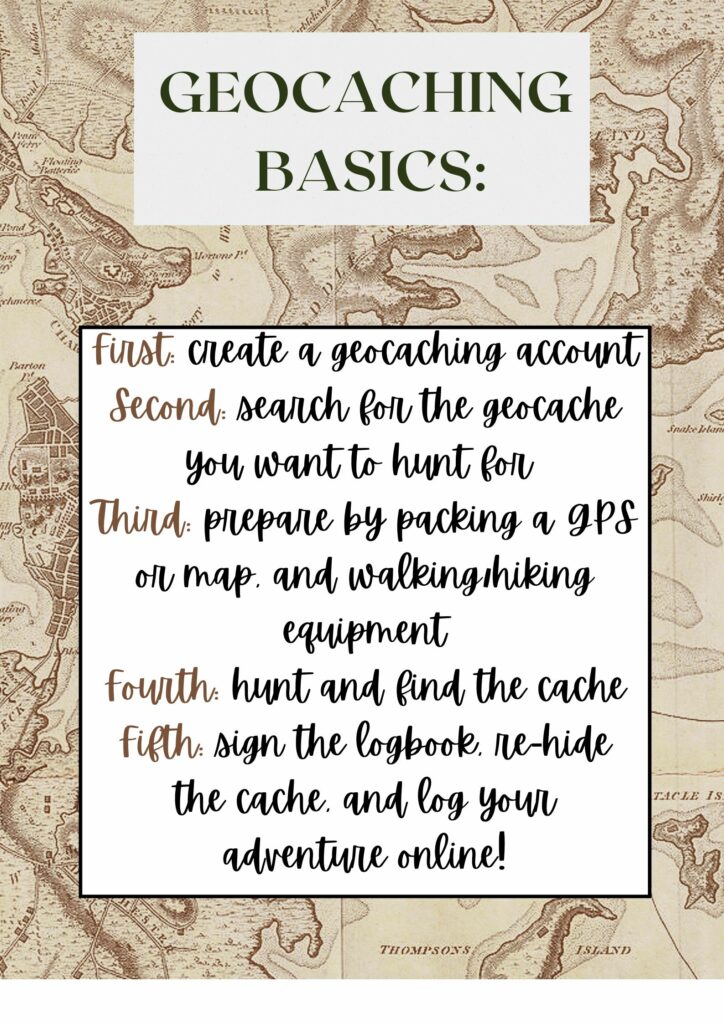
First Step: Create a geocaching account
There are many apps you can download and make a geocaching account on. Today I will specifically be looking at this Geocaching app.

Once you download this app, you will have to make an account, and then you will have access to hundreds of geocaches in your area!
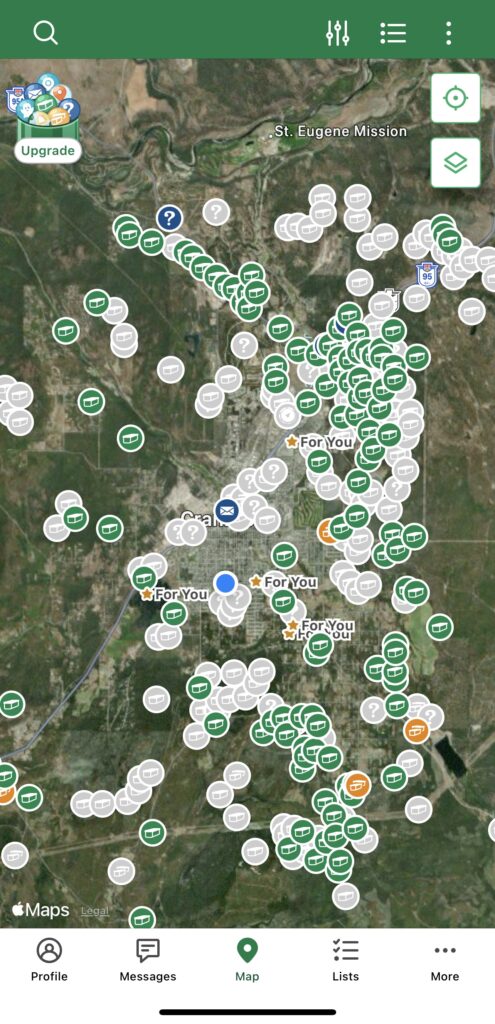
This is what the app looks like once you’ve created an account. The free version gives you access to all of the green labelled geocaching in the area, and if you buy the pro version, you have access to both the green and grey geocaches.
Second Step: Find your Ideal Geocache!
Now that your all set up, your ready to go out and hunt for a geocache! If you click on one of the available green geocaches (or if you have the pro version, you can click green or grey), it will come up with this page:
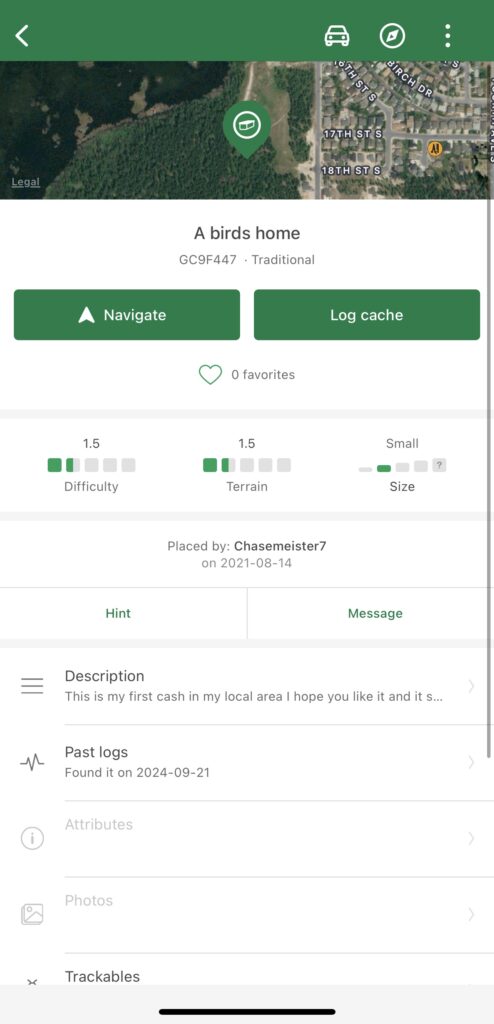
You can then press the ‘navigate’ button, which will pull up a map that will direct you to the geocache. Each geocache has difficulty, terrain, and size levels, I would suggest starting with less difficult geocaches and working your way up!
Third and Fourth Steps: Prepare and Go Hunt!
Now you can follow the map straight to the geocache. Make sure to bring your smartphone with you to navigate! Also prepare by bringing good walking shoes, and a little trinket to leave at the geocache.
There is an option to download the map if you are hunting out of service, and you also have a variety of map types to choose from on the app. There is a street map, which is the most basic and simple map, there is a satellite map, which is more detailed, and a hybrid map that contains both satellite imaging and a street map.
The app also includes a compass that will always point towards the cache, as well as ‘waypoints’ which insure you are following the right trails or paths.
Fifth: Leave your Mark and Log your Adventure!
Once you find the geocache, there will likely be some goodies that you can choose from. Geocaching is based on a take something, leave something honour system. You may take a trinket from the cache, and leave something of your own in return.

Image source: farmanddairy.com
Once you have found the cache, there will often be a logbook inside that you can sign. You can also log your find in the app. This helps keep the app updated on which cache’s are still available in the area, and also gives you a chance to post a picture and thank the creator of the geocache!
How Would I Implement this Idea as a Class Field Trip?
This idea could be a great way to get your class outside and exploring the world around them. It has both a technological aspect (using a smartphone or GPS to navigate to the cache), and a nature aspect (walking through the forest). There is a variety of geocaching levels a teacher can choose from, so this field trip idea can be modified to fit many different grades.
- I would start by first explaining the concept of geocaching to students, and we would choose a geocache together as a class.
- We would then prepare by creating printed maps for students, with a star on the place we are headed, each student will also get a compass and learn how to properly use it. The teacher will carry a digital map for finding the precise location, but having students carry a map and compass will help teach them how to use these tools.
- As a class, we would find what trinket we’d like to leave at the geocache location. Once we are there, we would trade it for one trinket that was left behind, we could then display it in the classroom to remind us of this field trip.
- Before we leave, we would have a quick overview of expectations and proper nature etiquette (leave no trace, respect wildlife and plants). We would also make sure everyone has proper attire for the weather, and is carrying water and a snack.
- Then we would set off to go find the cache. To keep kids from getting bored, you could also add in a nature scavenger hunt during the walk. Kids will have a sheet, and they will check off all of the things they see on their journey!
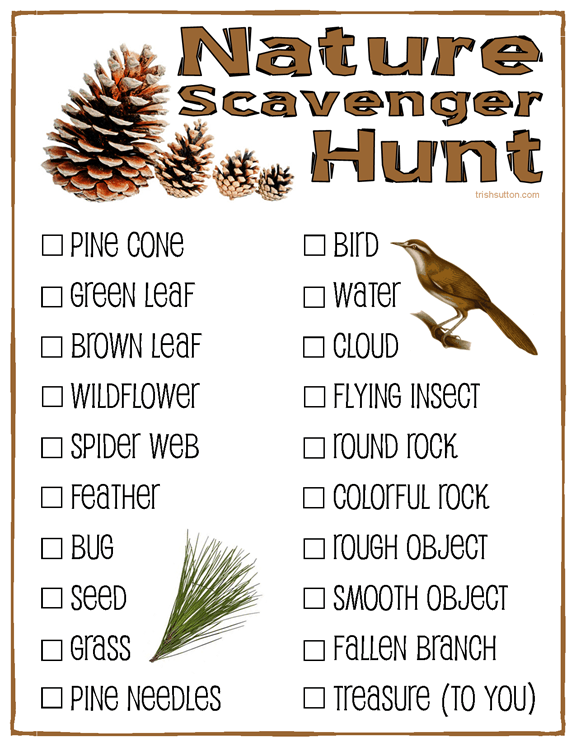
made by: trish sutton
This geocaching field trip idea can be modified to many age groups, and you could even add in a second field trip where you bring students to hide their very own class geocache! If you are teaching older kids (middle school and up), they could also break off in small groups with chaperones to see who can find the cache first!
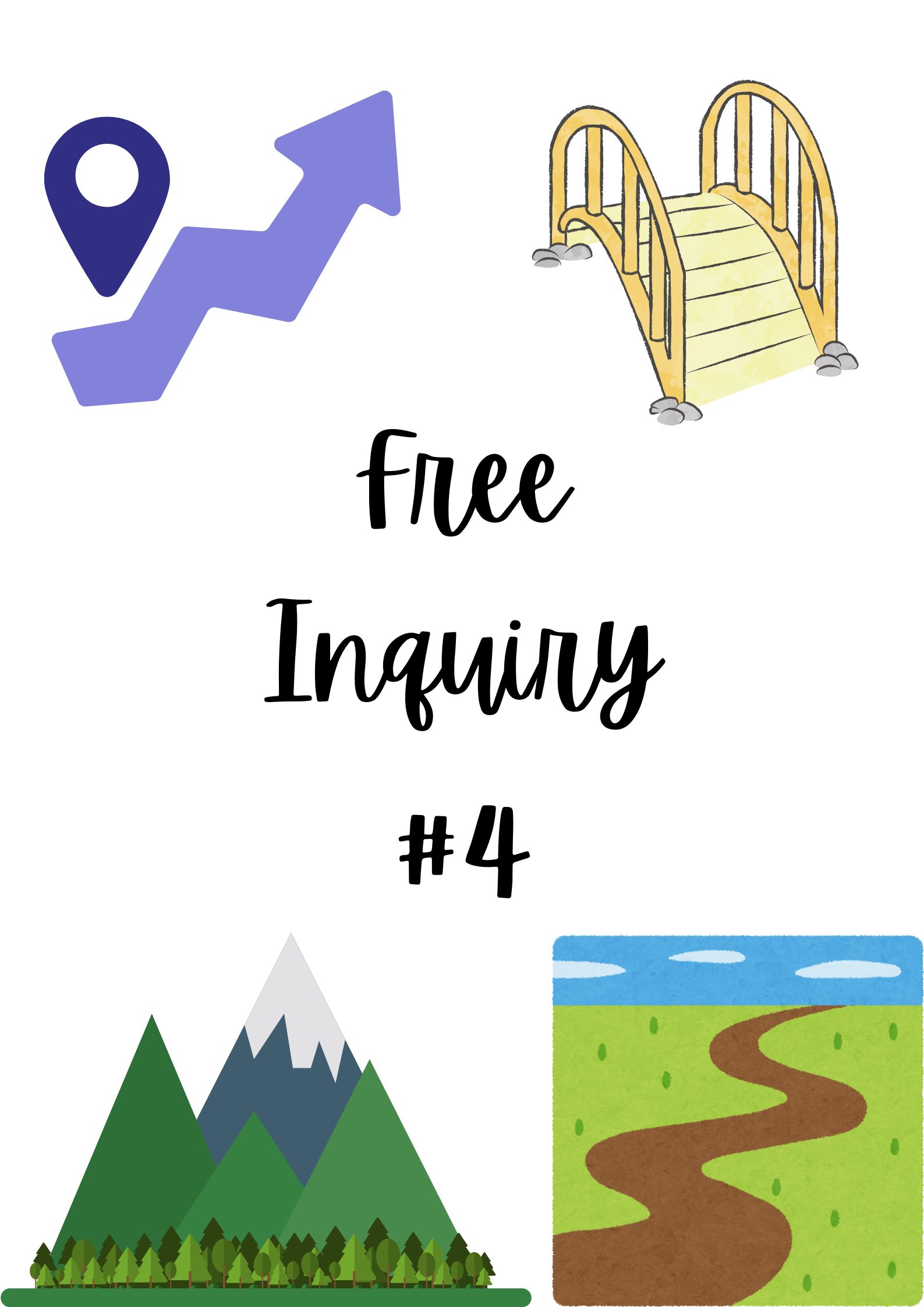
rhaynes
October 24, 2024 — 6:05 am
Jenna, I love this field trip idea! I really like that it includes both a physical activity and technology component. I think it’s great you are finding ways to build in more active, outdoor learning for your future students <3